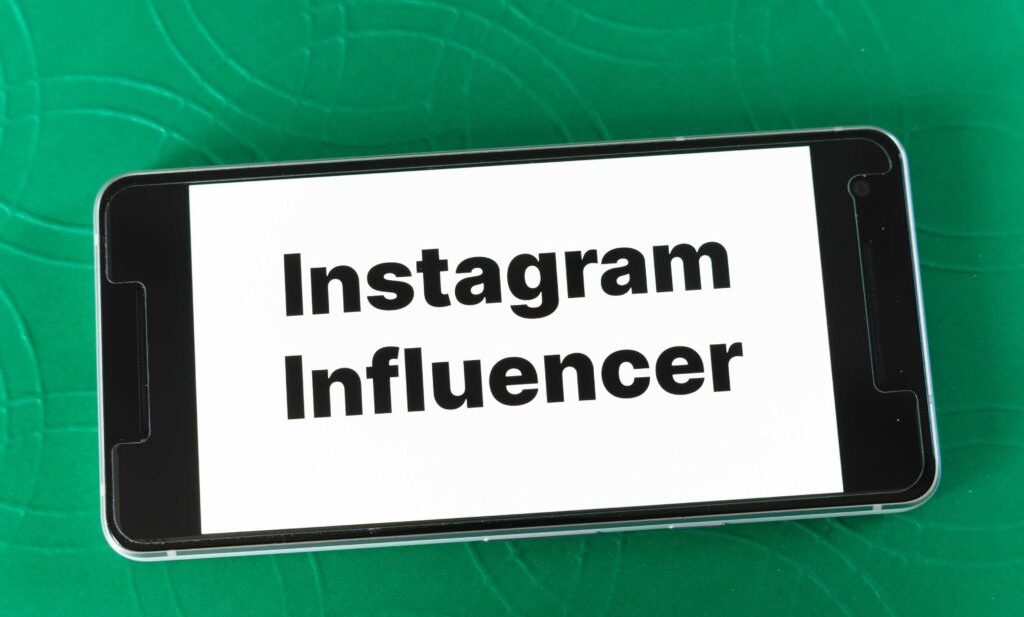Social media has is ubiquitous. It is not only influencing how we consume information, but also what we purchase online. Amongst the many hooks brand have in reaching out and influencing our purchase, Influencers are emerging as key players. They not only help narrow search towards a brand, but influence its purchase and advocacy of its consumption. Influencers are key trust enabler online. A Nielsen study shows that 99% of people trust peer recommendations over direct advertisement in online. Surprisingly, these influencers need not be successful Formula 1 racers or Movie celebrities. Segments such as Young adults and Teens seem to more dispose to influencers rather than celebrities. These are men and women who the online community can relate to. Their pole opinions, informed pokes, encouraging likes and re-tweets and acidic flares draws eyeballs and friends and foes in equal measure. Influencers come in many forms. Some may bring their credibility as industry watchers, experienced geeks or some just being the gate keepers or conscientious conscious baiters. Loads of their online actions that build on latent commonality and explicit posturing makes them unique and relatable to other online consumers.
Working with influencers can be costly proposition for brands. Identifying and continuous engagement with influencers requires investments and efforts to realize the benefits. Influencer aggregate sites like Tribe prove effective for large brands that wish to hire an influencer or growth hacker. Growing brands can pursue an organic approach to influencer marketing. Smarter companies pursue a smarter strategy of catching larvae early before it transform to a beautiful butterfly. They gain a larger traction and higher return on investment on influencer marketing by creating a portfolio of “emergent stars” rather than “shining stars”. Investing in emergent influencers is a cost effective solution.
So how do you choose an emerging influencer?. It is somewhat similar to how VC’s bet on startups and Horseplayers betting on the thoroughbred. Three common rules rule the game. First, check their online actions and sprints. Details of actions such as likes, poke, flares and comments serve as a useful DNA print of the likely influencer. Tools such as Buzzsumo, Social sprout and LinkedIn can be used to identify emergent influencers based on re-tweets, action ability, comments, likes and flares an individual can gather and create. A certain Facebook brand has around 2,500 likes on its page, but its engagement is very high. This person can become an Influencer even though he/she has less than 10,000 likes. Through this we can concur that anybody with a potential can become an Influencer.
Influencer identification based on metric alone has its shortcomings. Check for the background, their online persona, their grunts and groans, and huzzah and hoorays. Evaluate whether there is a fit with your brand and its personality. what is alignment with their values and your brand promise. Check for the type of content, its originality, and how his/her comments are perceived by the people. If his comments are aligned with the audience or do they bring about “online rage”.
Next is their scalability, will they be limited to an industry or a micro-group or have potential to be relevant across different segments. Remember both micro-influencers and global influencers have a role to play in your social media strategy. People with a penchant to engage with broader meaningful topics that cut across geography, race, religion, interest and consumption have a high potential to scale across segments. Smarter companies distribute their investments on multiple emergent influencers to de-risk their investments and maximize influencer ROI. Select across sports, across regions, industries. Ensure industries with high market potential and addressable market get preference in investments.
Finally, how malleable the Influencer will be open to working with your brand. A budding influencer can embrace many roles. She could use different approaches to help peddle your brand. She could span a whole range of content influence strategy, right from basic inform approach to referential, comparison and endorsement types. The latter show a higher disposition to align and embracement around your brand and hence the influencer moves beyond inform stage to influence to advocacy. Define appropriate win-win gains to quickly traverse a likely influencer move from on-the sides information provider to an insider. Brands get value from Influence based Marketing activities over a considerable amount of time. Unlike a brand advocate the market planning horizon is long term oriented. An inflexible yet high potential emergent influencer may not be as valuable as a malleable co-partner.
Vijay Krishna J

